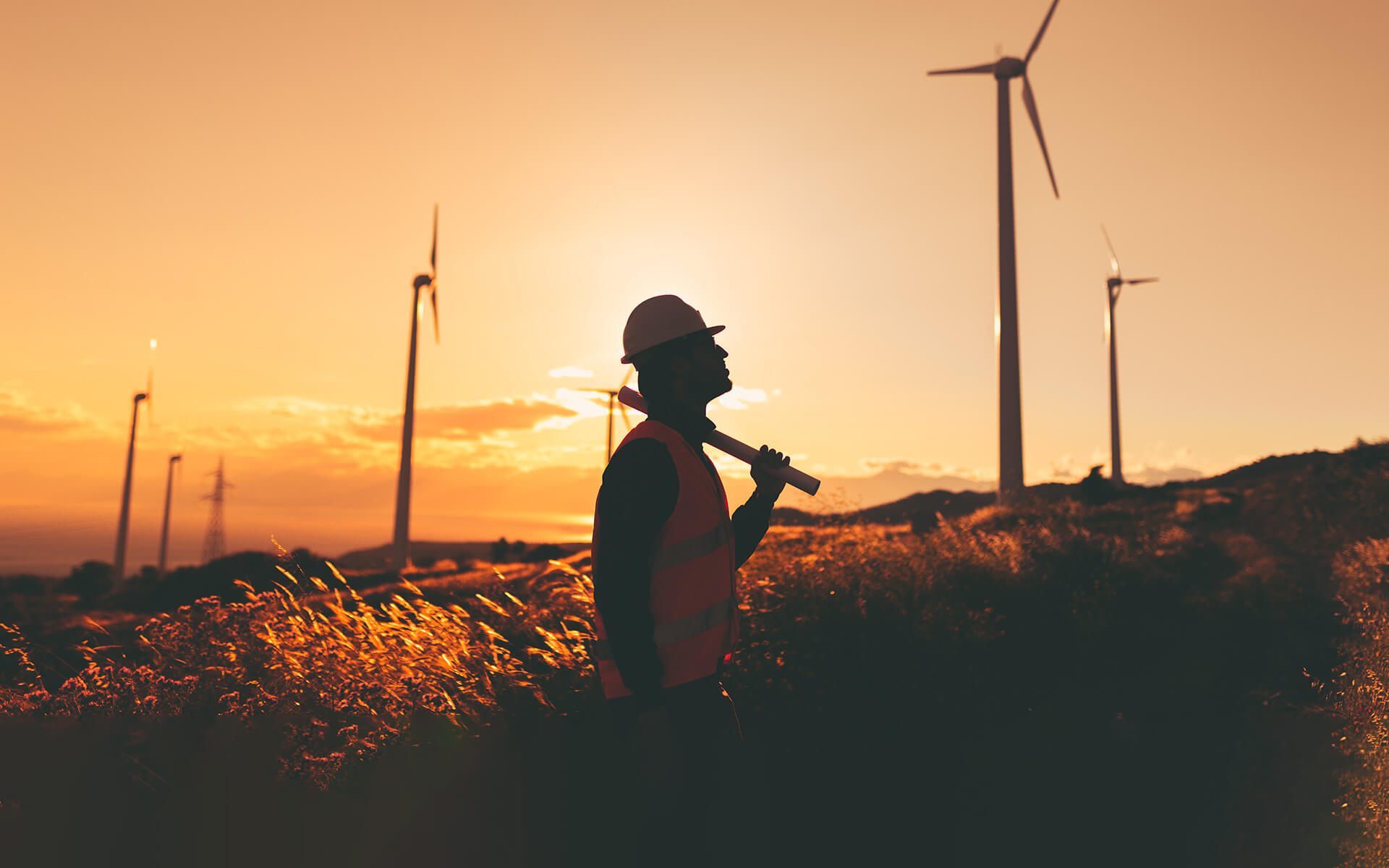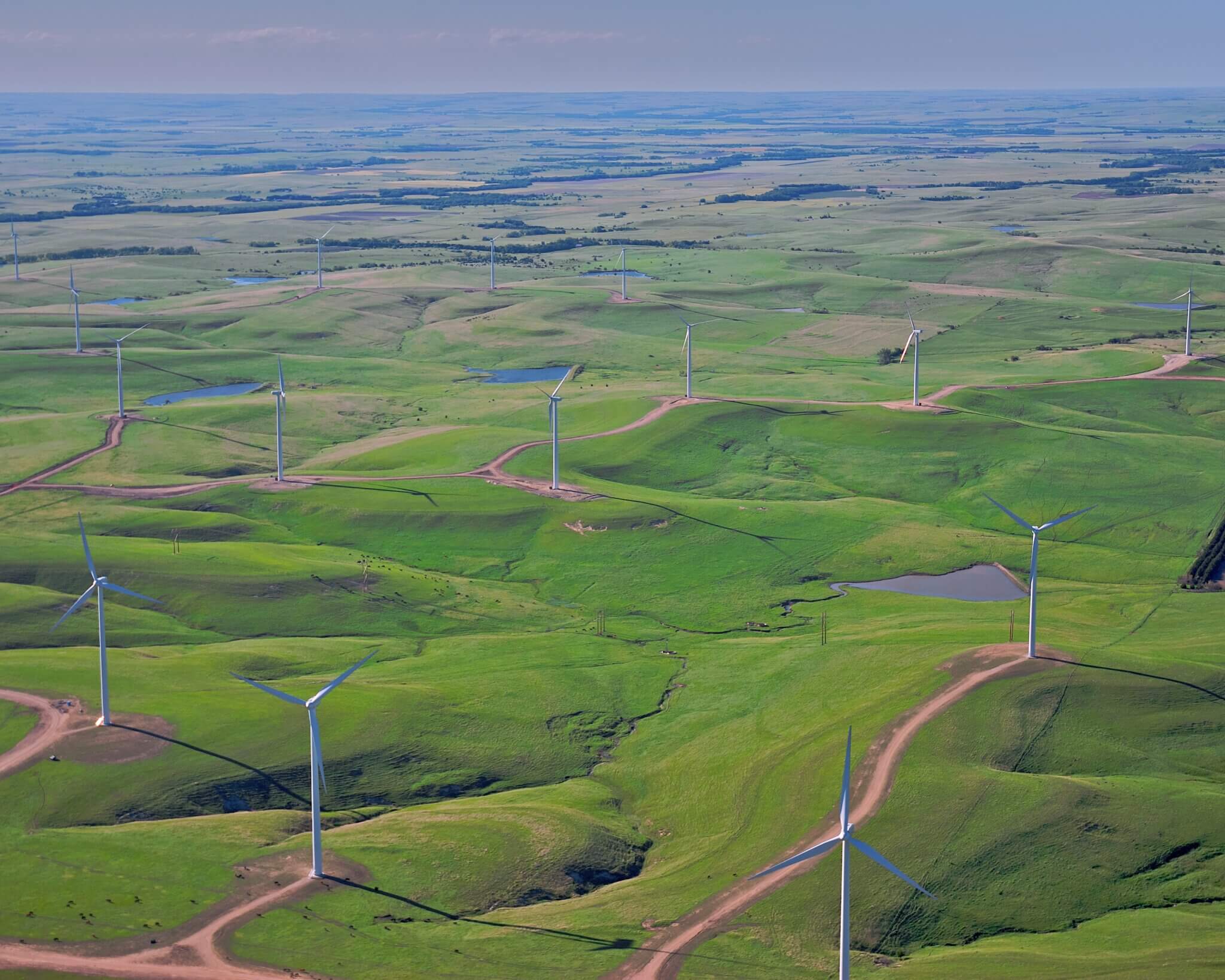Clean power 101
Clean power is quickly becoming America’s dominant energy source, as renewables like wind and solar—coupled with battery storage—led new power additions over the past several years. Critical in the fight against climate change, clean energy is also a leading source of U.S. job creation and investment.
Clean Power Annual Market Report | 2023
The industry achieved record-setting installations last year, with solar and storage paving the way to historic levels of clean power.
460,000
68M
95M
Clean Energy Feels Like Home
Clean energy projects benefit local communities and the careers of people living in these communities. Renewable energy projects create more reliable and secure energy infrastructure while increasing revenue.
Open video in lightboxWhat you need to know about clean power
What is clean power?
Clean power encompasses renewable resources that don’t emit greenhouse gases or other emissions, including wind, solar, hydropower, and geothermal.
Clean power is increasingly being paired with energy storage.
Is clean energy expensive?
No. The costs of wind and solar have fallen by 42% and 57% respectively over the last decade, making them the most affordable sources of new energy in many parts of the country. In many places, it’s now cheaper to build new wind and solar projects than it is to continue operating legacy power plants.
Is clean energy reliable?
Yes. The U.S. now has enough installed clean energy to power 69 million American homes. Solar and wind output is highly predictable, giving grid operators ample time to adjust to changes in output, unlike conventional power plants that can unexpectedly and suddenly trip offline. Wind and solar are also capable of providing many of the same essential reliability services as conventional power plants, which is necessary to keep the lights on. Paired with battery storage, which serves as dispatchable back-up power for the broader grid system, much of the U.S. grid can be reliably powered by clean energy.
Is clean energy good for the environment?
Clean energy sources like wind and solar are critical parts of reducing greenhouse gas emissions and combating climate change. They also avoid air pollution like particulate matter, nitrogen oxides, and sulfur dioxide that create smog and trigger asthma attacks. In addition, wind and solar save 113 billion gallons of water a year when compared to thermal power plants, such as fossil fuel and nuclear plants, because they don’t need water for cooling.
Does clean energy depend on subsidies?
All energy sources in the U.S. receive incentives in some way through tax credits, loan programs, insurance guarantees, or other means. Historically, clean energy has received a fraction of these incentives—at the end of 2020, federal energy incentives provided to wind and solar represent only 6.6% of total energy incentives. And through innovation, advancing technology, and improved domestic manufacturing, wind and solar are the lowest-cost sources of new electricity in most parts of the country, even accounting for incentives.
Join American Clean Power
Elevate Your Business with Insider Access:
- Policy Direction: Your voice in critical industry discussions.
- Exclusive Networking: Learn directly from key players in clean energy.
- Insider Information: First-hand access to policy insights and premier events.
- Advanced Tools: Our proprietary data at your fingertips to drive growth.
Act now to become a defining part of clean energy’s future.
Stay informed
Subscribe to American Clean Power and receive the latest clean energy news, policy updates, and opportunities to get involved.


